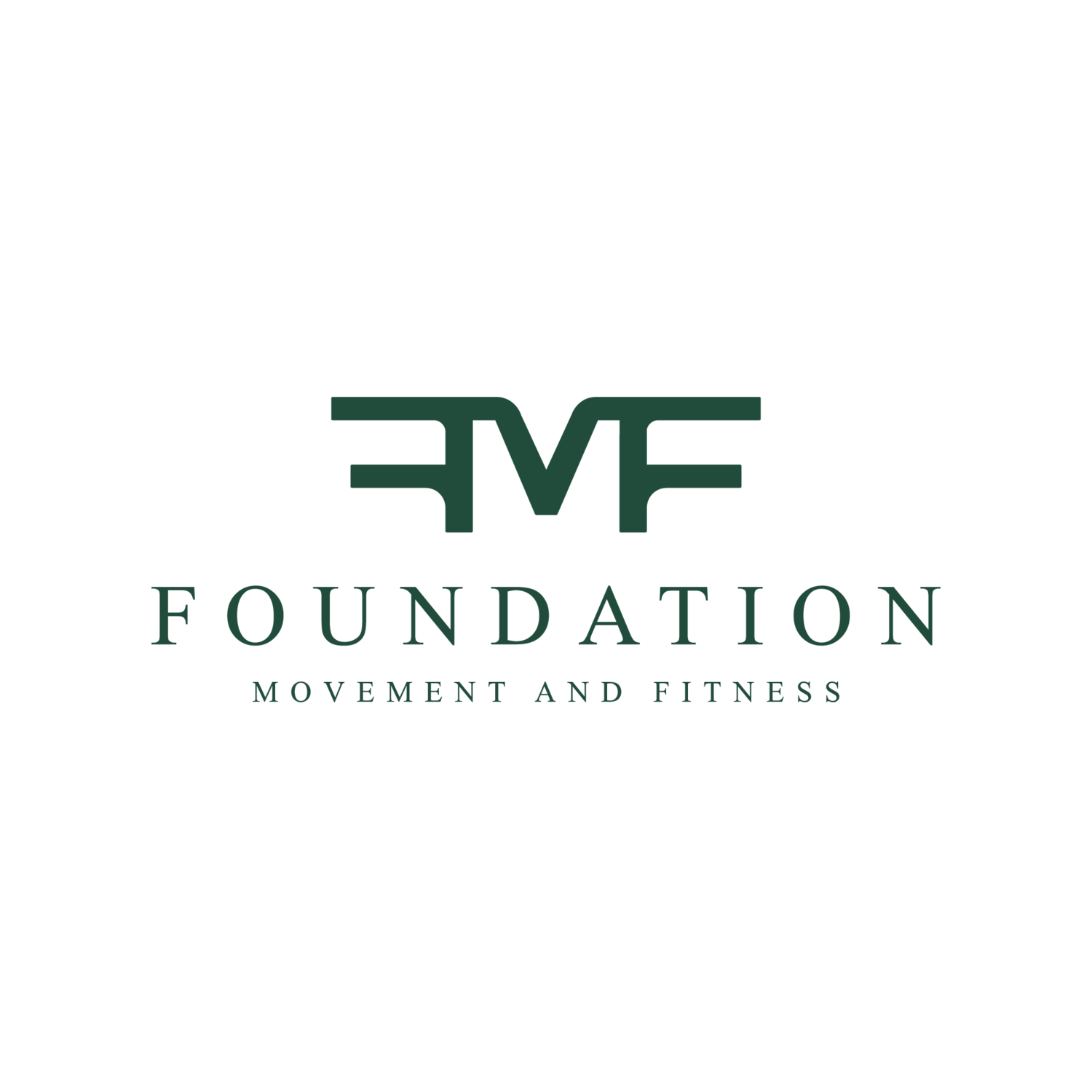We have talked before about mobility and stability and how the two require one another for quality, healthy movement. Today we’re going to talk about mobility again but with another concept, flexibility.
We get a lot of patients that come into the office and are interested in becoming more flexible. They come in with goals such as being able to touch their toes, being able to squat, or being able to do the splits and everything in between.
There are two things I want to take a look at.
What is the difference between flexibility and mobility, are they the same or not?
What do people really mean when they say they want to become more flexible?
Let's start with defining the two terms. Mobility is really something that is required for correct posture and movement. One truly must have standard mobility in order to move well. While it cannot be put to a super precise number that every provider in the world would agree upon, there is definitely a little window of degrees that most would say could be considered a standard.
Mobility is the range of motion (ROM) that a person has throughout their joints and muscles. An easy thing to picture is a squat. When you see people squat, you will see people squatting super low or barely at all, using super heavy weights or none at all. In order to perform a squat safely with a lot of weight, one should be able to get into that low squat position with no issue just on their own with no weight. If they cannot, their risk of injury is increased. Now that is not to say they are certain to get injured. Some people go their whole lives with terrible form while working out and never have an issue, but that is pretty uncommon.
Take this stick halo, for example. Being able to do this movement is a standard range of motion. This movement is something the majority of able bodied population should be able to do!
For range of motion, people should be able to get into a low squat comfortably, be able to reach their toes when bending forward, and should be able to rotate their torso among other things.
Flexibility on the other hand, is a totally different thing. Flexibility requires fairly intense training. It is taking range of motion in a joint or muscle and pushing past the standard degrees. For flexibility you can think of dancers, gymnasts and yoga. Getting into a downward dog comfortably is mobility. That shouldn’t be terribly uncomfortable. However, doing the splits is flexibility. Raising your leg above your head in ballet is flexibility. Doing gymnastic routines with positions you could never imagine getting into is flexibility.
So to answer question two, what do people really mean when they say they want to be more flexible? Sometimes they truly do! Sometimes people come in with goals of being able to do the splits or backbends. But a lot of the time what people are really wanting is just to gain a normal range of motion in their joints.
Why is this happening? The reason people tend to call that flexibility is because as a society we have moved so far away from your average person having the standard mobility in their body that many people see a normal range of motion as impressive, or, flexible! Because of our typically sedentary lifestyle (especially now after two years of the pandemic!). Most people have greatly reduced ROM, and cannot comfortably get into positions or move their body in ways that really should not be an issue.
Ok so what can I do about this? PRACTICE! Remember that our bodies were designed to do these things. We just lost a little bit of touch along the way and that’s fine! It’s never too late to start practicing mobility and it improves faster than you’d think!
Try out that stick halo above and this hip flexor stretch below. It helps stretch and mobilize your hips and works into getting that optimal low squat position.
